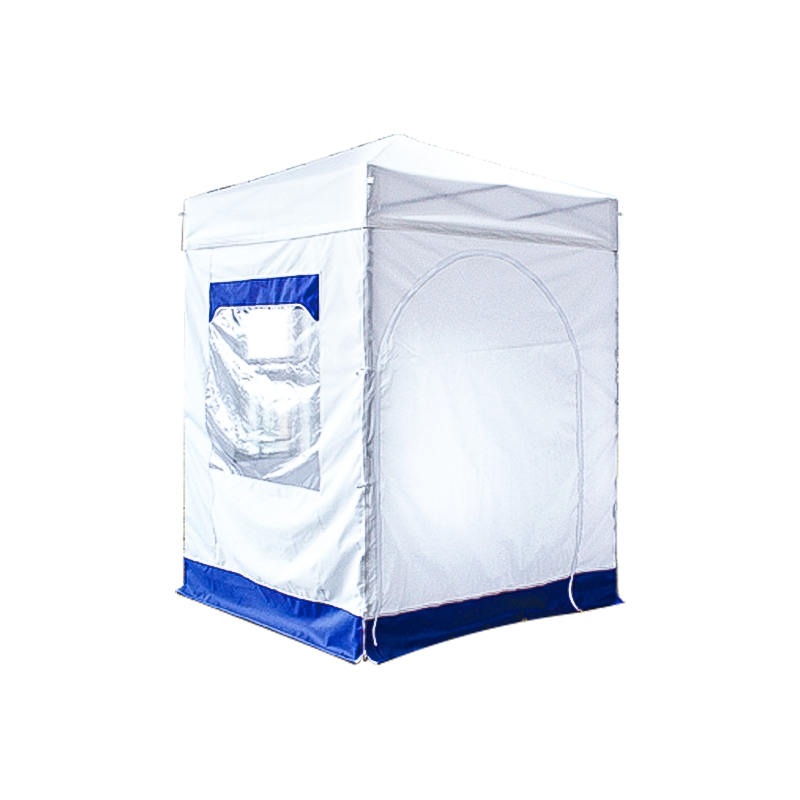Customer expresses intent; Communicate between the two parties; Provide analysis reports to customers; Reach a cooperation intention.
Outdoor portable gazebos are a popular choice for those looking to enhance their outdoor spaces, offering shade and shelter for events, picnics, or gatherings. However, when investing in such structures, it’s essential to understand how long they typically last. The lifespan of a portable gazebo can vary based on several factors, including the materials used, frequency of use, environmental conditions, and maintenance practices. By understanding these variables, you can make an informed decision and ensure that your investment provides long-lasting value.
The materials used in the construction of the gazebo play a significant role in determining its durability. Most outdoor portable gazebos feature frames made of either steel or aluminum. Steel frames are generally more robust and durable but can be prone to rust if not properly protected. Aluminum, on the other hand, is lighter and resistant to corrosion, making it a popular choice for those who need a portable and weather-resistant option. The longevity of the frame is also influenced by the coating applied, with powder-coated or galvanized finishes offering better protection against the elements and increasing the gazebo's overall lifespan.
The fabric of the gazebo canopy is another crucial factor. High-quality fabrics, such as polyester or nylon, are commonly used in outdoor gazebos due to their water resistance and UV protection. Fabrics that are treated with additional coatings for water resistance or UV shielding can extend the life of the canopy. However, over time, exposure to sun, rain, and wind can cause the fabric to degrade, losing its color, elasticity, and protective properties. Gazebo canopies are typically designed to last around 2 to 5 years, depending on the quality of the material and how often it is exposed to harsh weather conditions.
How often a portable gazebo is used also affects its longevity. Regularly set up and taken down gazebos, especially those used for outdoor events, may experience more wear and tear than those that are used less frequently. The more often the gazebo is assembled and disassembled, the more stress is placed on the frame and fabric. In contrast, gazebos that are stored properly when not in use and only set up occasionally tend to last longer.
Environmental factors are perhaps the most significant influencers of a gazebo’s lifespan. Exposure to extreme weather conditions such as high winds, heavy rain, snow, or prolonged sun exposure can cause significant wear. While most portable gazebos are designed to be durable, they are not intended to withstand severe weather. In areas with frequent storms or high winds, the lifespan of a gazebo may be shorter unless it is taken down after each use or reinforced with additional anchors and supports. Prolonged exposure to intense sunlight can also cause fading and fabric degradation, while moisture and humidity can lead to rusting or mold growth on the frame and canopy.
Proper maintenance plays a crucial role in extending the life of a portable gazebo. Cleaning the fabric regularly, checking for wear and tear on the frame, and ensuring that the gazebo is properly stored during the off-season can all help improve its longevity. When not in use for extended periods, storing the gazebo in a dry, protected place, such as a garage or shed, can prevent damage from rain, snow, or UV exposure. Additionally, using a gazebo cover when it is set up can protect the canopy from environmental elements, significantly extending its lifespan.

 English
English Español
Español












